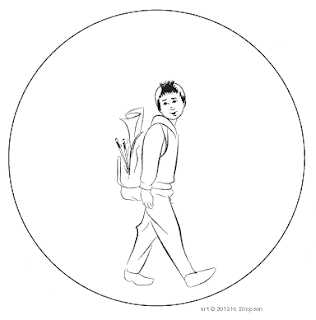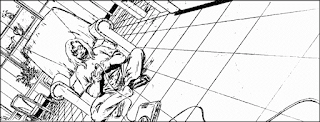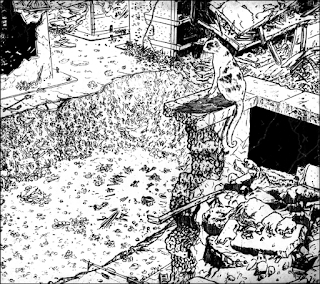How to Become a Comic Strip, Comic Book and Graphic Novel Artist
Tools of the Trade
7. ERASERS - Pink Pearl, plastic, art gum, kneaded and erasers are the kinds most often used. You don't want to let your palm touch the paper while you're drawing. Hand oils and sweat harm the paper surface and can make it difficult to erase and to lay down ink. So you certainly don't want to buy an eraser that has oil in it.
Pink Pearl has a pumice - a volcanic ash from Italy - that helps the organic rubber erase and gives it an abrasive quality. The rubber and vulcanized vegetable oil (factice) gives the Pink Pearl its distinctive aroma.
It's good to clean tarnished contacts on computer circuit boards, cotton upholstery, golf balls, gold, piano keys and to remove scuff marks from floors. Never use it on your art, as it is an abrasive eraser that loosens and removes the paper fibers.
Plastic (vinyl) is made of polyvinylchloride (PVC), calcium carbonate (chalk), chloride, and coloring agents among other ingredients. It is white or blue. It is gentle on paper and works better than pink erasers. They are prone to hand oil smears. They also smear when erasing large areas or dark pencil lines. It is much better for erasing light marks and precise erasing. On soft graphite it tends to smudge.
The residue left behind clumps together and can be easily brushed away.
This is used in electric erasers and as a stick in a knock pen.
Art gum (also known as soap eraser) is a brown solid factice eraser which may contain modifiers and chalk. It rubs out graphite cleanly without eroding away the actual paper surface or leaving behind smudges. Best used for large areas. Not good for precise work as it leaves pieces of eraser all over the place every time it is used. The residue must be blown or brushed away
Kneaded eraser is the gentlest on paper. Not as effective if you press down hard on your pencil. It is made of vulcanized vegetable oil (factice), natural and synthetic rubbers, pumice and coloring agents. Mold it with your fingers, stretching and folding, twisting and making the shape you need for precise or broad marks. Good for cleaning up, picking out soft highlights and gently graphite.
All of the above have oil in them which I stated is not good for the paper. So what is an artist to do?
The answer is simple use something that doesn't have oil, which is POSTER ADHESIVE (poster putty). This is the removable/reusable adhesive used to hang posters and papers sold in most drug and stationery stores. The actual ingredients are corporate secrets. The important thing is it contains no oil!
Poster adhesive is great because they work like kneaded erasers and last a long time. It has greater tack and lifting strength. The adhesive is stretchy. This is great when you want to shape them to fit into a tight point or when you want to ball them up to eraser a wide area. Place it on an area that is a little too dark, press down and you can instantly lift graphite to lighten an area. Repeatedly touching the adhesive to a drawing pulls more graphite free, gradually lightening the work.
To clean this poster adhesive just stretch it out, fold it over and repeat until clean. Over time it does become gray, yet it is still good to use. After a long time when it has too much graphite it loses the smooth surface and gets sticky. Then it's time to move on to the next one in the pack. One pack can last years and years. To last even longer, don't use a entire piece. Just break off a small ball to use.
Now the best thing is to never use an eraser for mistakes. Use it as another art tool.
If you draw light for your initial rough sketches/layouts or use non-repro blue, then you don't have to use an eraser.
8. DRY CLEANING PAD - Contains eraser bits or grit-free powder that gently removes graphite, dirt and smudges without harming the paper surface.
9. ERASER SHIELD - A small metal or plastic piece about 2 ¼ “ x 3 ½” with a variety of openings. These different shapes and sizes allow precise masking of small areas. The shield allows you to erase without smearing or accidentally erasing other areas of the drawing. An eraser shield is good for correcting and editing a drawing.
10. FEATHER DUSTING BRUSH - Will gently lift away loose particles. Excellent for artists using pastels, chalks, charcoals and other powdery media.
to be continued...
Keep reading and follow me. If you have found this helpful. please let me know and share with other creators. Feel free to ask me questions.
Remember… Just Create!
If you are interested in using these tools, then I recommend these products.
When you purchase a product by clicking the link below, I get a piece of the action and helps me to continue doing this blog. Support an artist today.
BONUS LINKS TO ART STORES!
copyright 2012 H. Simpson







